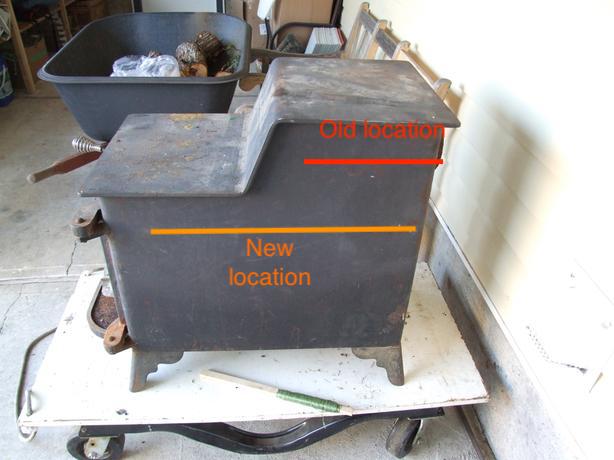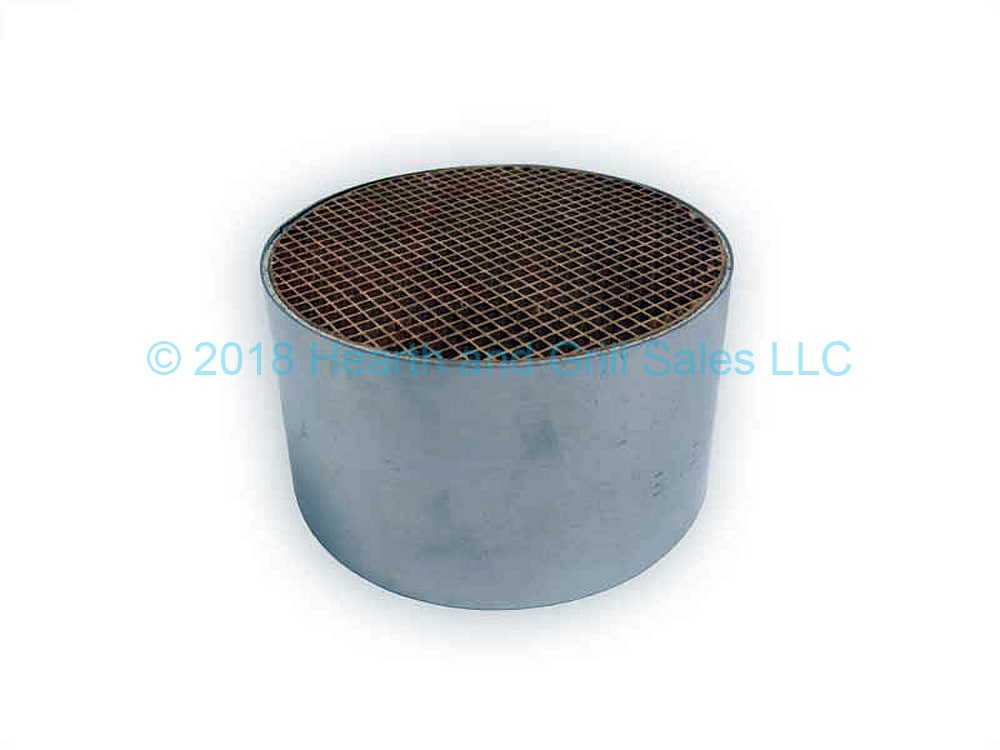This post may contain affiliate links so I earn a commission.
- Fisher Papa Bear Wood Stove Specs
- Fisher Grandpa Bear Wood Stove Specs
- Fisher Wood Stove Installation Instructions
- Wood stove; Papa Bear VI; Fisher Papa Bear VI Manuals Manuals and User Guides for Fisher Papa Bear VI. We have 1 Fisher Papa Bear VI manual available for free PDF download: Owner's Manual. Fisher Papa Bear VI Owner's Manual (25 pages).
- Get great deals on Fisher Fireplaces & Stoves. Take this time at home and knock out some home improvement tasks! Shop at eBay.com and enjoy Fast & Free shipping on many items! FOUR Fisher Wood Stove Door Hinge Pins, 3/8' x 1 3/4', solid steel set of 4. One stop shop for all things from your.
- LIKE & SUBSCRIBEI picked up this mid 70s Fisher Grandpa Bear Wood Stove from a guy in Northern Michigan for $250. The stove is fantastic! The overall dimensi.
- Fisher mama bear wood stove specs Harman XXV Pellet Stove: One of the Better Pellet Stoves on the MarketHarman StovesA Regency Wood Burning Fireplace InsertRegency StovesCirca 1970s Buck Stove: they burn dirty as hell, but so popular and well-made there are still thousands in circulation today.The first thing you should ask yourself before considering a wood.
In the early seventies through the mid-eighties, Fisher wood stoves were all the rage due to their innovative “airtight” design developed by Bob Fisher.
Fisher Stoves support. Fisher Hanmer, Fisher Blenheim, Fisher Denniston, Fisher Charleston spec sheets and installation instructions.
The design made these the first wood stoves that worked more efficiently and controllable than other stoves on the market that wasted wood, air and heat.
Due to advances in technology, Fisher stoves fell out of favor in the mid-eighties and eventually the company stopped manufacturing them in the U.S.
Other than the key feature of the airtight welding, all models of Fisher stoves include heavy 1/4 inch steel plate, 5/16 inch thick tops and 22 gauge cold rolled steel shield material.
Early models of Fisher stoves have doors made out of heavy steel construction and customers had choices in several finishes including brass, cast iron or nickel.
Later models added the choice of glass doors.
Authenticating an original Fisher wood stove is easy by looking at the door.
Since Bob Fisher did the manufacturing of the doors himself, an authentic stove will say “Fisher” on the door.
The stove body was outsourced to licensed manufacturers.
Fisher Wood Stove Models
The first models of Fisher wood stoves were the Bear models that required the use of a chimney.
There wasn’t a “bear” name given to any stoves designed to be used inside a fireplace or hearth and were known only as Fireplace Inserts.
Later, Fisher developed freestanding pedestal-type stoves and some of these were approved for use inside mobile homes.
Fisher Bear Series
The Bear series were a very popular stove and many of the stoves are still in use today.
In fact, a very good friend of mine still comfortably heats his 1200 square foot home with a fireplace series stove that was purchased new in the early 1980's.
Since they were constructed with solid study materials, many of these old stoves are in great condition.
Bear series stoves have a single door and a 6 inch flue.
Papa Bear: First stove manufactured in the series, two air intakes, handles logs up to 30-inches, heats 2250-square feet.
The stove weighs 486 pounds with a front door measuring 10 inches wide by 11 inches tall.
Mama Bear: Second stove in the series, two air intakes, handles logs up to 24-inches, heats 1750-square feet.
The Mama Bear stove is slightly smaller than the Papa Bear weighing 410 pounds with a front door also measuring 10 inches wide by 11 inches tall.
Baby Bear: Third stove in the series, one air intake, handles logs up to 18-inches, heats 1250-square feet.
The Baby Bear holds up to its name as the smallest of the three stoves weighing only 245 pounds with a front door measuring 8 inches wide by 9 inches tall.
Fisher Fireplace Series
The fireplace series shares the same concepts as the Bear series but it features a double door with an 8 inch flue.
The double doors when used with a fire screen allow the wood stove to be used with the doors open so you can enjoy the fire inside.
Grandpa Bear: Measures 29.5-inches across top-plate, six firebricks wide, handles 24-inch logs, heats up to 2250-square feet.
The Grandpa Bear weighs 454 pounds and has a door opening of 22 inches wide by 11 inches tall.
Grandma Bear: Measures 25.5-inches across top-plate, five firebricks wide, handles 20-inch logs, heats up to 1750-square feet.
Slightly smaller than the Grandpa Bear, the Grandma Bear weighs 406 pounds with a door opening of 17 inches wide by 10.5 inches tall.
XL: Largest model with two doors, 10-inch flue, and heating an area up to 3000-square feet.
Fisher Fireplace Inserts
Fireplace Inserts were originally available with solid cast iron, brass and glass doors, heating areas up to 2000-square feet.
A smaller insert developed later had the same type of door selections as larger models.
Honey Bear Insert: Heats an area up to 1200-square feet.
Polar Bear Insert: Used for zero-clearance or fabricated metal fireplaces or hearths.

Fisher Pedestal Stoves
Goldilocks: First pedestal-type Fisher wood burning stove, approved for mobile home use, handles logs up to 16-inches, outdoor intake through center pedestal, with no intake through the doors.
Honey Bear: Manufactured in 80s, handles logs up to 17-inches, outdoor intake, mobile home and HUD approved and with glass and brass doors.
The Honey Bear has a heating capacity of 1250 square feet and weighs 240 pounds.
Fisher Wood Stove - Overall
With Fisher stoves no longer manufactured here in the U.S., locating replacement parts can be difficult.

This can make repairing any of the units difficult and expensive.
With Fisher’s built to last, old stoves do pop up for sale on online market sites and at flea markets and such, so with enough research you can probably find an old stove.
It is important to note that Fisher wood stove models manufactured before 1980 do not meet current safety regulations and some insurance companies won’t insure a home using one.
However, most models manufactured after that date do meet current standards of safety, though not current EPA regulations on pollution.
In fact, some jurisdictions have outlawed the stoves due to safety and environmental regulations.
The story of Fisher Wood Stoves is that of a small scale inventor whose ideas grew beyond his control. In 1973 Bob Fisher was working as a metal fabricator - business was slow and he was struggling to support his wife and children, while finishing building his own pole frame home.
He realised that the open stone fireplace he had painstakingly built was inadequate for heating the building and fuel prices for their oil boiler were increasing. He got the idea in his head to build an efficient stove to keep his family warm and spent months sketching, plotting and planning his first Fisher Wood Stove.
Bob Fisher had some basic criteria that he wanted from his stove, and his wife supplied some of her own:
- It had to be an airtight wood stove
- Ventilation needed to be restricted and controlable with vents
- It had to be able to keep a fire in over night
- Carol wanted to be able to cook on the top of the stove
- The stove couldn't smoke when the door was opened
- The Fisher Stove had to last - this called for heavy duty steel and firebrick
Modern stoves now are substantially more efficient than Fisher's models, but very few are designed to be able to keep a fire in overnight.

With these ideas in mind Bob Fisher designed what became the very first 'Papa Bear' Fisher Stove. Getting this far wasn't easy, Bob had to trade in his truck and borrow funds from his mother but once everything came together he assembled the stove, over a day or two
The Papa Bear was an instant success and soon Bob had neighbours coming to look and ask if Bob could make one for them too. With the help of another loan Bob bought materials to make ten more and built a small business making and selling stoves himself. Small businesses seldom have a smooth ride however, and Bob had trouble recruiting reliable staff and marketing these early stoves.
Eventually Bob stumbled on other people who were interested in making and selling his stoves under license. Bob sold them rights to market stoves in a territory and they paid a royalty on each stove they sold of around 6%. At this point the business started expanding rapidly, beyond the scope of individuals to manage. There were problems with people making copy-cat stoves, licensees falling behind on their royalties and issues with gaining safety accreditation from building standards boards across the USA.
The final straw came in 1976, during negotiations for a large manufacturing contract, when Bob himself had a stroke - he had burned himself out trying to do too much and take responsibility for too many problems. Under doctors orders he distanced himself from the business and spent time recovering.
Without him the business expanded and developed into a sophisticated modern business with wood stove development, marketing, sales and manufacturing arms. They expanded the original, very simple, 'Papa Bear' stoves into a larger range of wood burning stoves and fireplace inserts. The newer stoves, from the 1980s onwards, emitted very little smoke (around 6g of particulates per kg of wood burned) and met EPA requirements for clean burning, earlier models did not.
Identifying Your Fisher Wood Stoves
Fisher Papa Bear Wood Stove Specs
These days Fisher Wood Stoves no longer manufacture stoves, although many of the old stove are still around and working well. They can sometimes be found in house clearances or rusting in old sheds. Being built with robust steel and cast iron doors there should be little wrong with any stove you find and, with some tlc and a repaint you could probably get one running again fairly easily. Be aware however that these old stoves do not necessarily meet modern building code or clean air regulations.
The easiest way to tell what model of Fisher Stove you have is by the door design - while stove bodies were manufactured by licencees Bob had the cast iron doors manufactured and shipped. This helped keep track of royalties owed and kept casting costs down.
The 'Bear' Range
- The Papa Bear Fisher Stove : single cast iron door, two air inlets, takes logs up to 30 inches
- The Mama Bear Fisher Stove : single cast iron door, two air inlets, takes logs up to 24 inches
Fisher Grandpa Bear Wood Stove Specs
- The Baby Bear Fisher Stove : single cast iron door, single air intake, takes logs up to 18 inches
The 'Fireplace' Series
These were double door stoves designed after Bob Fisher stepped down from the company. The wider configuration had the benefits of the original fisher wood stoves but could be run with the door open to view the fire, albeit with a fire screen in place
- Grandma Bear : two doors, takes 20 inch logs, 5 firebricks wide
- Grandpa Bear : two doors, takes 24 inch logs, 6 firebricks wide
If you want to find out more about Fisher Stoves you could try this thread on the hearth.com forums

Fisher Wood Stove Installation Instructions
There is also a pdf copy of the history of the Fisher Stove Company here.